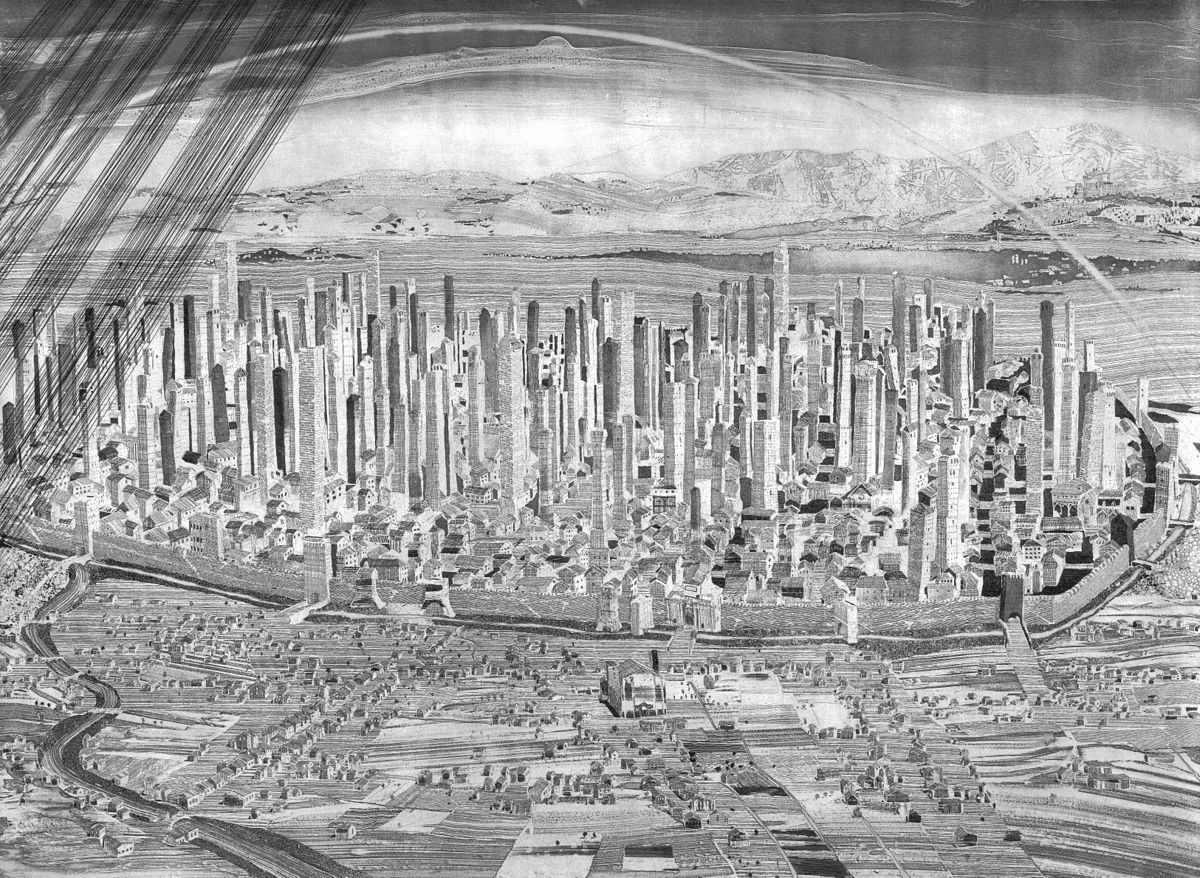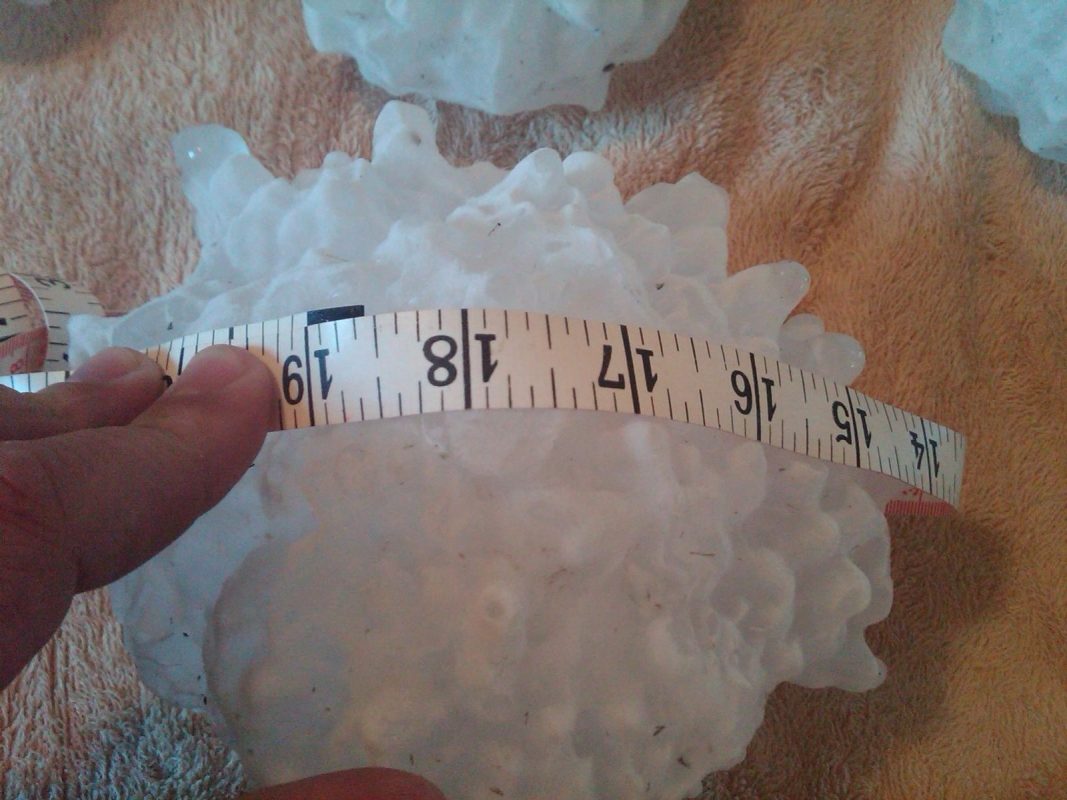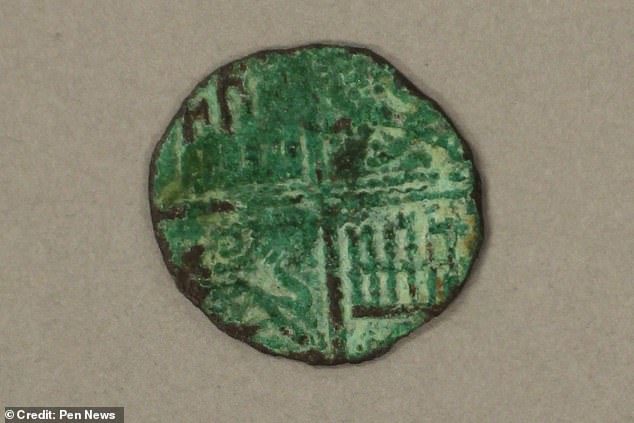
Preventing Palestine: A Political History From Camp David to Oslo, by Seth Anziska.
(
Preventing Palestine - A Political History From Camp David to Oslo. Seth Anziska. Princeton University Press, Princeton, NJ, 2018.)In all my recent readings of history and current events, Preventing Palestine stands out as being one of the best written - if not the best - and one of the most essential for understanding the overall historical process of Israeli settlements in the occupied territories of Palestine.
Given the nature of the book, it also hints at the gradual process through which all of Mandatory Palestine west of the Jordan River gave way to the acceptance of only a partial space - the West Bank and Gaza - within the overall colonial-settler area of Israel, as a region for a Palestinian state.
Its general focus, however, is the political process beginning with Jimmy Carter to find a solution to the stalemate between the Arab countries and Israel, including a settlement of the Palestinian position, after the Yom Kippur war of 1973.
The result was a highly watered down document - the Camp David Accords - providing Anwar Sadat of Egypt with his original territory, peace with Israel, and the usual billions of dollars from the U.S. Palestine and the other Arab states were not included in the deal with Palestine receiving the first in a series of many talking points but no commitments or action towards an actual sovereign entity.













Comment: Wiki provides a few more details on these unusual buildings: There are records of similar buildings even in the Roman era, as noted on SOTT radio's Behind the Headlines: Julius Caesar - Evil Dictator or Messiah for Humanity?: See also: